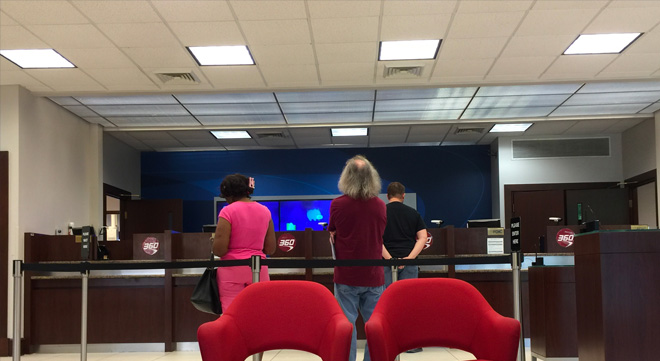The Corporation for Deposit Insurance (CODI) has reached a major milestone, with the Deposit Insurance Fund (DIF) hitting its R20-billion target in its first year of operation.
CODI announced the achievement in its inaugural annual report and financial statements for the year to the end of March, released this week.
Launched on 1 April 2024, CODI was established to protect depositors and strengthen financial stability in South Africa. It operates as a wholly owned subsidiary of the South African Reserve Bank and is responsible for ensuring that qualifying depositors – individuals and non-financial businesses – have access to up to R100 000 of their covered bank deposits if a registered bank fails.
Funded by monthly premiums and liquidity contributions from banks, the DIF forms the financial backbone of CODI’s operations. Previously, depositor protection relied on ad hoc government bailouts, often using taxpayer funds. CODI’s establishment under the Financial Sector Regulation Act represents a shift to a formal, rules-based insurance scheme aligned with international standards.
CODI’s role goes beyond payouts. With what’s known as a “paybox-plus” mandate, it can also provide secured loans or support other resolution strategies to stabilise banks in distress.
Key strategic wins
In addition to the establishment of the DIF, CODI has wrapped up its first full financial year with a series of strategic wins.
A major achievement was the completion of the first phase of CODI’s systems development programme, which focused on collecting aggregate deposit data from banks and ensuring back-end support for financial transactions.
Strengthening relationships with key stakeholders was another top priority. According to the report, CODI deepened collaboration with the SARB (as Resolution Authority), the Prudential Authority (PA), and the Financial Sector Conduct Authority. It also expanded its global footprint through participation in the International Association of Deposit Insurers (IADI), the international standard-setting body for deposit insurance. Support from Switzerland’s State Secretariat for Economic Affairs via the World Bank also helped drive technical progress.
The report notes that “to keep operations lean”, CODI has used the levies from banks to cover its own expenses and has outsourced most of its support services to the SARB. The report further states that CODI plans to rely heavily on technology to automate internal processes and maintain a streamlined organisational structure.
Ready to protect 95% of bank depositors
As at 31 March 2025, 95% of the country’s depositors were fully covered under CODI’s guarantee, which provides up to R100 000 per depositor per registered bank. This coverage includes both the principal and interest across qualifying deposit products such as savings, fixed, notice and cheque accounts.
In the unlikely event that a bank is placed into resolution, CODI will provide swift access to up to R100 000 of a depositor’s qualifying balances. The remaining 5% of depositors, who have balances exceeding the coverage limit, will be able to claim the uncovered portion through the liquidator of the failed bank, in accordance with the legal creditor hierarchy.
CODI currently covers 33 registered banks operating within South Africa’s borders. This includes 14 commercial banks, five co-operative banks, three mutual banks, and 11 local branches of foreign banks – all supervised by the PA under the Banks Act, Mutual Banks Act, and the Co-operative Banks Act.
During the reporting period, CODI membership saw one change: Grindrod Bank Limited was amalgamated with African Bank Limited.
To ensure depositors can easily identify covered institutions, all member banks are required to display a CODI membership sign in at least one of their digital platforms or physical branches.
Looking ahead
The report notes that a key focus of the CODI’s 2025–2030 strategy will be maximising returns on the R20bn DIF through the appointment of external fund managers. CODI also plans to step up its readiness to handle a bank failure by conducting simulations, testing payout processes, and enhancing its ability to process accurate depositor information through Single Customer View submissions.
Improving public awareness is also high on the agenda. CODI will assess how well banks are complying with communication requirements and will refine its outreach strategy to better educate depositors on their coverage. It also intends to review the R100 000 coverage limit and assess the feasibility of including cooperative financial institutions in the scheme.
Phase two of CODI’s IT system rollout will enable it to process more detailed depositor data and automate validation checks.
To support long-term sustainability, CODI is aiming for full financial independence. The report shares that CODI will formalise operational agreements with SARB departments and ensure that bank levies are used effectively to fund its activities.
The organisation will also assess its alignment with the IADI’s updated Core Principles, and develop corrective plans where needed.
Read the full report here.




